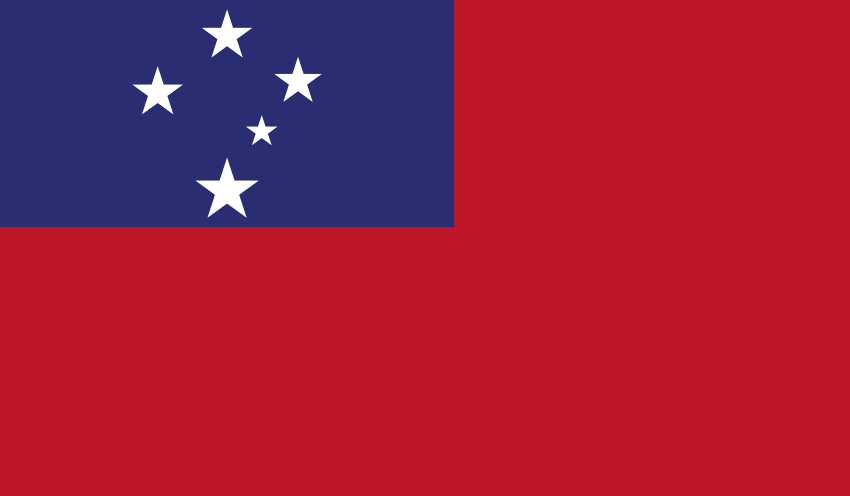Identifying opportunities to strengthen school food environments in the Pacific: a case study in Samoa
Equity Focus
This study targeted the implementation of a stronger healthy school meals policy to improve the healthiness of school food environments in Samoa for all school children.
Case Summary
This project examined the experience of Samoa subsequent to the 2012 introduction of a stronger policy to improve the healthiness of school food environments. The aim was to identify opportunities to strengthen healthy school food policy implementation in Samoa and other comparable contexts.In 2018, in-depth semi-structured interviews with 30 informants were conducted, coupled with analysis of relevant documents, to generate a detailed understanding of the relevant policy implementation processes in Samoa, and the perspectives and capacities of key implementation actors. Samoa’s school food policy operationalizes international ‘best practice’ recommendations. Health policymakers and leaders in Samoa were found to be strongly committed to improving school food environments. Despite this, there continued to be challenges in ensuring compliance with the school nutrition standards. Respondents identified community-level leaders as potentially pivotal stakeholders, particularly where school governance arrangements draw heavily on community representation.
Lessons Learned
- Key issues that negatively impacted the policy’s effectiveness were the lack of priority given to school food by stakeholders outside of health, the high prevalence of unhealthy food in the areas immediately surrounding schools, vendor knowledge and capacity, and the high degree of agency exercised by actors in and around the school.
Search results for Area: Samoa: 1
Identifying opportunities to strengthen school food environments in the Pacific: a case study in Samoa

SAMOA
